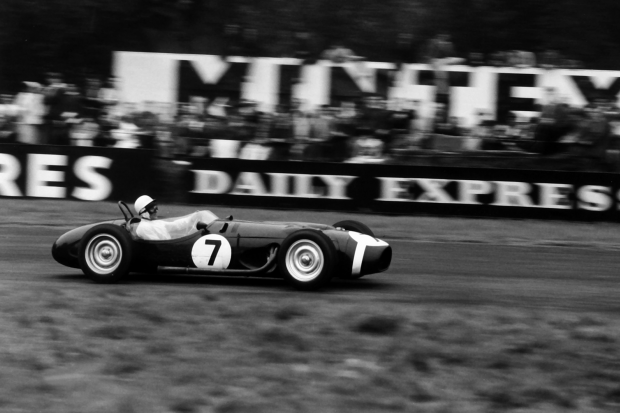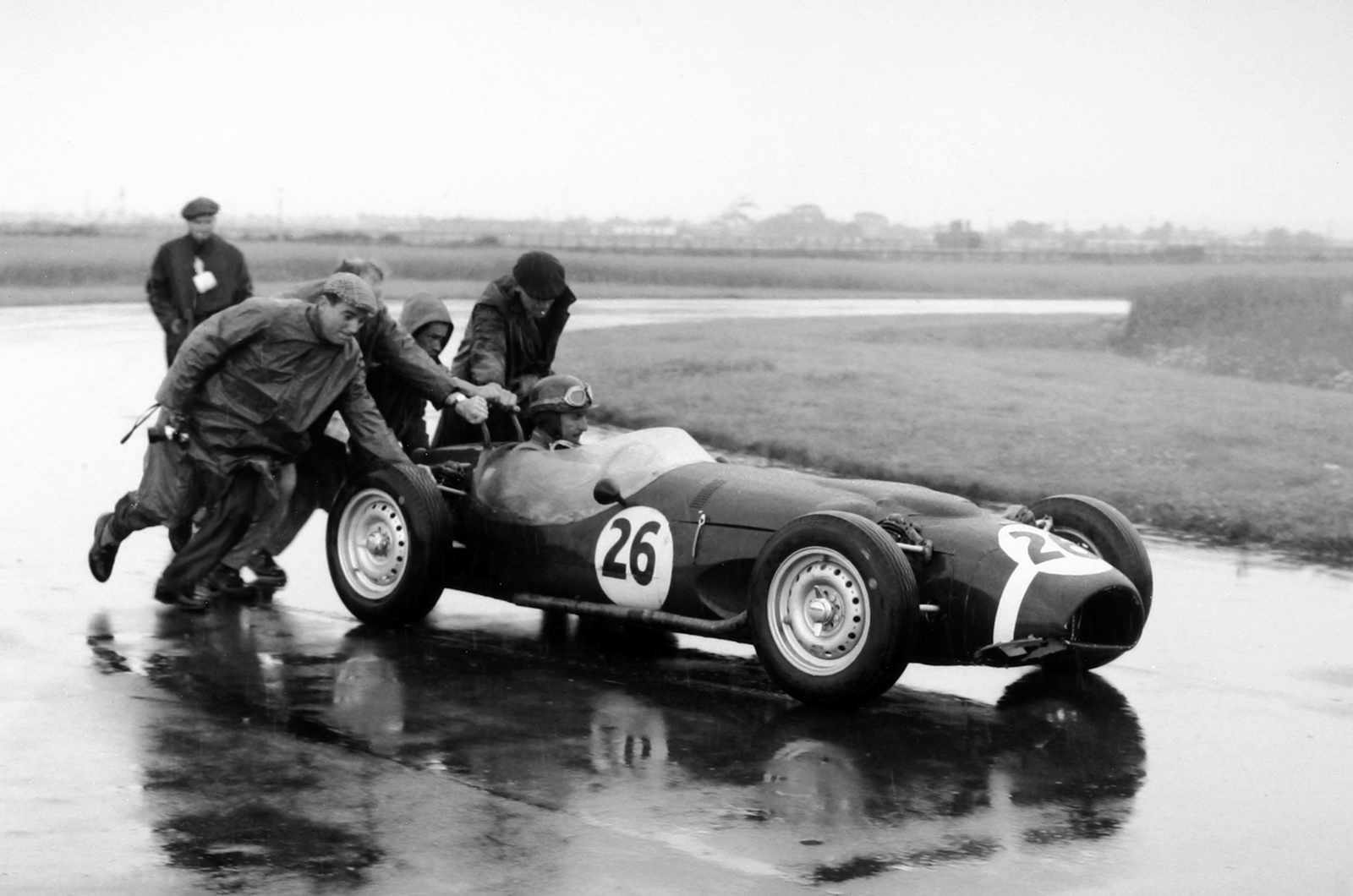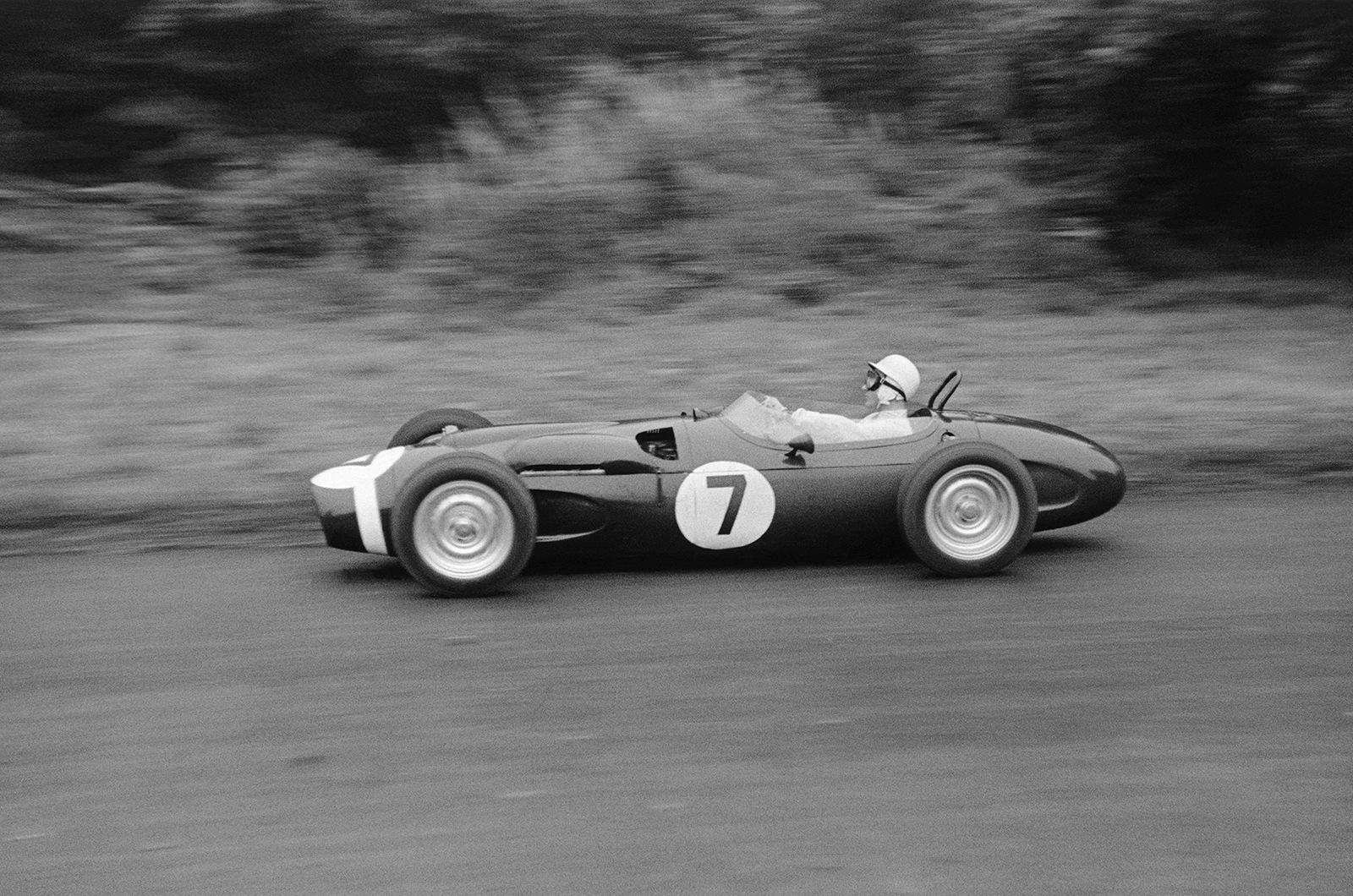
When the Ferguson P99 joined the Formula 1 scene in 1961, four-wheel drive was nothing new – it was more than 50-years old, in fact. Yet, this automotive one-off would still go down in history with both a first and last record to its name.
The P99’s roots lay in farming; it was the brainchild of Harry Ferguson, of tractor fame. His company was steadily dominating the farming landscape but he’d forever had his eye on the more glamorous world of motorsport.
Pre-war British Empire Trophy winner and 1953 Le Mans winner Tony Rolt lent his expertise, so too did fellow racer Fred Dixon and Aston Martin designer Claude Hill.
The fruits of the collaboration (following an electric windowed, 4WD and brake-assisted R5 road car) would make its debut – and that of 4WD – at the 1961 British Empire Trophy, 12 years after Rolt’s own success in the same race.

At the 1961 British Grand Prix, Jack Fairman was disqualified for a push-start in the pits


